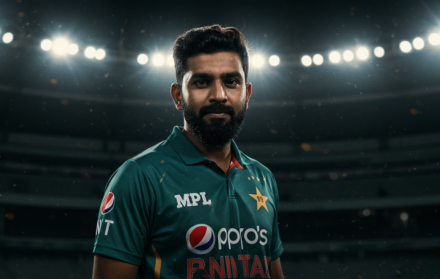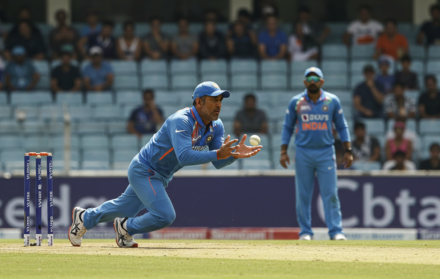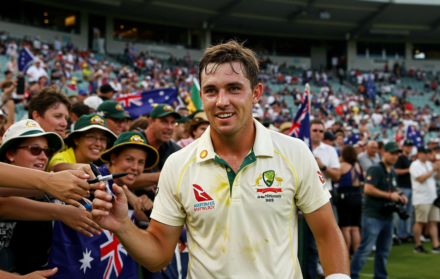
What Are The Top Bowling Records In International Cricket
Bowling has always been an integral part of cricket, with some of the most memorable moments in the sport’s history being shaped by incredible feats with the ball. The top bowling records in international cricket are a testament to the skill, precision, and sometimes sheer willpower of cricketers who have mastered this challenging discipline. Whether it’s a fast bowler hurling down a series of unplayable deliveries or a spinner deceiving batsmen with subtle variations, the achievements in this domain are nothing short of legendary.
One cannot discuss these records without acknowledging the remarkable bowling achievements that have been etched into the annals of cricket history. From the highest wicket-takers to those who have claimed hat-tricks in critical moments, these records not only highlight individual brilliance but also the evolution of bowling strategies over the years.
Among the pantheon of great bowlers, certain names stand out for their ability to consistently deliver under pressure. These legendary cricket bowlers have set benchmarks that aspiring cricketers can only dream of matching. Their success stories often involve overcoming significant challenges, both on and off the field, to leave an indelible mark on the sport.
World Cup tournaments, in particular, have been the stage for some of the most unforgettable bowling performances. The bowling achievements in World Cup cricket showcase how bowlers have risen to the occasion, delivering match-winning spells that have turned the tide for their teams. These performances often come with high stakes, where handling pressure becomes just as important as skill.
Handling such pressure is a critical aspect of achieving success in cricket, especially for bowlers who are often in the spotlight during crucial phases of a match. The ability to remain calm and execute plans under intense scrutiny is what separates the best from the rest. Insights into how to handle pressure during crucial bowling overs reveal the mental toughness required to excel at the highest level.
Of course, behind every successful bowler is often a great coach who plays a pivotal role in refining their skills and strategies. The role of the bowling coach in cricket is vital in nurturing talent, offering guidance, and ensuring that bowlers are mentally and physically prepared to perform their best.
Among the various bowling techniques, reverse swing has been one of the most fascinating and effective weapons in a bowler’s arsenal. Mastery of the art of reverse swing has allowed bowlers to deceive even the most seasoned batsmen, making it a key element in some of the most memorable bowling performances in cricket.
Lastly, understanding the basics and fundamentals of bowling is crucial for any cricketer aspiring to reach the heights of these record-holders. The importance of mastering the basics of cricket bowling cannot be overstated, as it lays the foundation for developing advanced skills and achieving consistency at the international level.
As we delve into the top bowling records in international cricket, it’s essential to appreciate the journey, dedication, and expertise required to reach these milestones. Whether you’re a budding cricketer or an avid fan, these records serve as a source of inspiration, showcasing what can be achieved with talent, hard work, and the right guidance.
Most Wickets in Test Cricket: Legendary Bowlers Who Dominated the Long Format
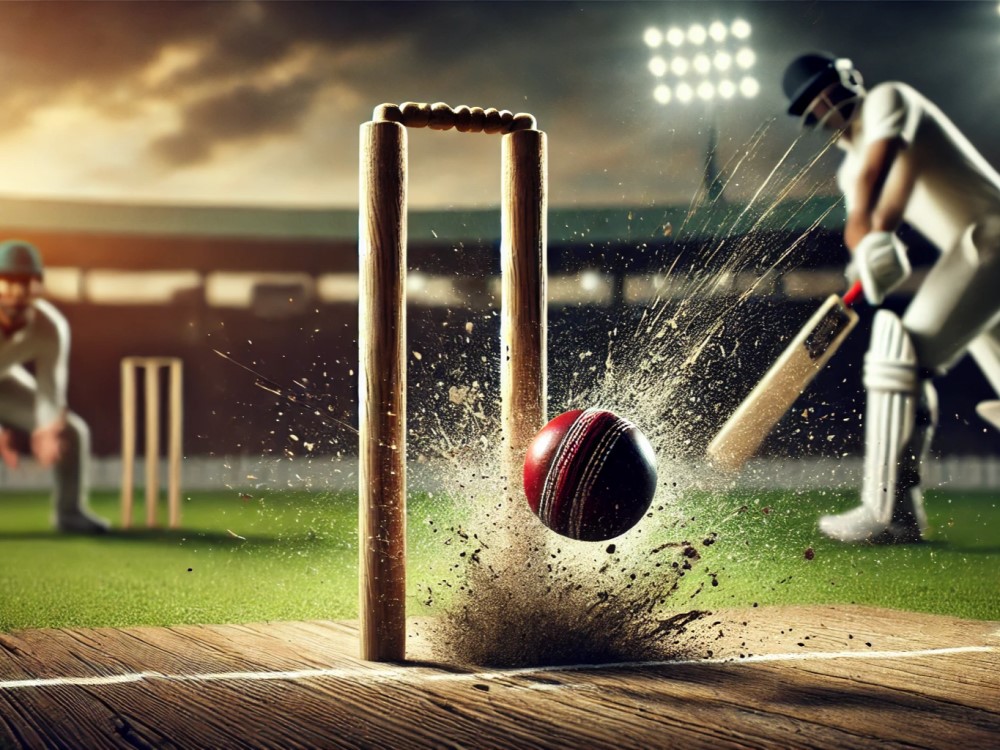
In the world of Test cricket, the bowlers who have taken the most wickets are often revered as legends of the game. Test cricket, known for its challenging and grueling nature, is the ultimate test of a bowler’s skill, stamina, and mental strength. The ability to consistently take wickets in this format is a hallmark of greatness, and the bowlers who have achieved this feat hold some of the most prestigious records in the sport.
One of the most iconic records in Test cricket is held by Muttiah Muralitharan of Sri Lanka. Muralitharan, with his unorthodox off-spin, is the highest wicket-taker in Test cricket history, with an astounding 800 wickets from 133 matches. His ability to turn the ball sharply and maintain incredible accuracy made him nearly impossible to play against, earning him a place among the greatest bowlers of all time. Muralitharan’s record is a testament to his dominance over a long and illustrious career, and it remains one of the most significant milestones in cricket.
Following Muralitharan is Shane Warne, the legendary Australian leg-spinner, who revolutionized the art of spin bowling. Warne’s career tally of 708 Test wickets places him second on the all-time list. Known for his exceptional control, turn, and variation, Warne was a master of his craft, often outwitting batsmen with his deceptive deliveries. His rivalry with batsmen around the world, particularly in the Ashes series, became a highlight of his career, and his record reflects his impact on the game.
In third place is James Anderson, England’s premier fast bowler, who continues to add to his wicket tally. As of 2024, Anderson has taken 690 wickets in Test cricket, making him the highest wicket-taker among fast bowlers. Anderson’s longevity in the game, coupled with his ability to swing the ball both ways, has made him one of the most successful and consistent bowlers in Test history. His record is particularly impressive given the physical demands of fast bowling and the challenges of playing in varying conditions around the world.
Anil Kumble of India and Glenn McGrath of Australia round out the top five, with 619 and 563 Test wickets respectively. Kumble, a leg-spinner known for his accuracy and bounce, was instrumental in many of India’s Test victories, particularly on home soil. McGrath, on the other hand, was a master of line and length, and his ability to extract movement off the pitch made him one of the most feared fast bowlers of his generation.
These top bowling records in Test cricket highlight the extraordinary careers of some of the greatest bowlers the game has ever seen. Their achievements are a testament to their skill, determination, and consistency over many years, and their records will continue to inspire future generations of cricketers.
Best Bowling Figures in an Innings: Unforgettable Performances
While taking wickets consistently is crucial, delivering a match-winning performance in a single innings can etch a bowler’s name in cricket history. The best bowling figures in an innings are often remembered for their sheer dominance and impact on the game. These records showcase some of the most extraordinary individual performances in international cricket, where bowlers single-handedly turned the course of a match with their brilliance.
One of the most remarkable bowling performances in Test cricket history belongs to Jim Laker of England. In 1956, Laker achieved the incredible feat of taking 19 wickets in a single Test match against Australia at Old Trafford, Manchester. His first-innings figures of 9 for 37 and second-innings figures of 10 for 53 gave him match figures of 19 for 90, a record that still stands to this day. Laker’s performance is often regarded as one of the greatest in cricket history, as he became the first bowler to take all 10 wickets in an innings in a Test match, a record that has been equaled only once.
Another legendary performance came from Anil Kumble in 1999, when he took 10 wickets for 74 runs against Pakistan in a Test match in Delhi. Kumble’s feat made him only the second bowler after Laker to take all 10 wickets in a Test innings. His bowling was a masterclass in persistence and precision, as he methodically dismantled the Pakistani batting lineup. Kumble’s 10-wicket haul is not only a significant record in Indian cricket but also one of the most memorable moments in the sport’s history.
In One Day Internationals (ODIs), Chaminda Vaas of Sri Lanka holds the record for the best bowling figures in an innings. Vaas took 8 wickets for 19 runs against Zimbabwe in 2001, an extraordinary performance that demonstrated his lethal swing bowling. Vaas’s record is particularly impressive in the limited-overs format, where bowlers often have to contend with aggressive batting and field restrictions. His ability to swing the ball both ways and maintain impeccable control made him one of the most successful bowlers in ODI history.
In T20 Internationals, the record for the best bowling figures belongs to Deepak Chahar of India. Chahar took 6 wickets for 7 runs against Bangladesh in 2019, a performance that highlighted his skill in the shortest format of the game. Chahar’s record-breaking spell included a hat-trick, as he used his swing and variations to devastating effect. His performance is a reminder that even in the fast-paced T20 format, bowlers can still dominate and produce match-winning performances.
These records of the best bowling figures in an innings are a testament to the incredible skill and determination of the bowlers who achieved them. Their performances not only won matches for their teams but also secured their place in cricket history as some of the greatest individual displays of bowling prowess.
Most Wickets in a Calendar Year: Dominance Over Time

Achieving the most wickets in a calendar year is a significant milestone that reflects a bowler’s consistency and dominance over an extended period. This record is particularly challenging to attain, as it requires sustained performance across multiple series and formats. The bowlers who have held this record are often the leading forces in their teams, playing crucial roles in their success throughout the year.
The record for the most wickets in a calendar year in Test cricket is held by Shane Warne, who took 96 wickets in 2005. Warne’s exceptional performance that year was instrumental in Australia’s dominance in Test cricket, particularly in the Ashes series against England. His ability to take wickets consistently across different conditions and against various opponents showcased his mastery of leg-spin bowling. Warne’s record is a testament to his skill and stamina, as he played a key role in nearly every match Australia played that year.
In One Day Internationals, the record for the most wickets in a calendar year is held by Saqlain Mushtaq of Pakistan. Saqlain took 69 wickets in 1997, a remarkable achievement in the limited-overs format. Known for his innovative use of the doosra, Saqlain was a key player for Pakistan in the 1990s, and his record-breaking year solidified his reputation as one of the best spinners in ODI history. His ability to deceive batsmen and take wickets regularly made him a crucial asset for Pakistan, particularly in tight matches.
The T20 International format, being the newest and shortest format, has seen bowlers play fewer matches in a calendar year compared to Tests and ODIs. However, the record for the most wickets in a calendar year in T20Is is held by Andrew Tye of Australia, who took 31 wickets in 2018. Tye’s success in T20Is is a result of his mastery of slower balls, yorkers, and variations, which are critical in the high-pressure environment of T20 cricket. His ability to perform consistently in this format highlights the importance of adaptability and innovation in modern cricket.
Another impressive record in the category of most wickets in a calendar year is held by Dennis Lillee, who took 85 wickets in Test matches in 1981. Lillee was a fast-bowling legend for Australia, known for his fiery pace and aggressive style. His record in 1981 was a result of his relentless bowling, often leading Australia’s attack and playing a crucial role in their victories. Lillee’s achievement remains one of the highest for a fast bowler, and it reflects his impact on the game during his era.
The record for the most wickets in a calendar year is a testament to a bowler’s ability to maintain top form over an extended period. The bowlers who have achieved this milestone are among the best in cricket history, demonstrating not only their skill but also their endurance and consistency. These records highlight the importance of sustained excellence in cricket, and they serve as benchmarks for future generations of bowlers.
Best Bowling Averages: Consistency and Efficiency
A bowler’s average is a key metric that measures their effectiveness by calculating the number of runs conceded per wicket taken. A low bowling average is often indicative of a bowler’s ability to consistently take wickets while keeping runs to a minimum. The best bowling averages in international cricket are held by some of the game’s most efficient and consistent performers, whose records are a reflection of their mastery over their craft.
In Test cricket, George Lohmann of England holds the record for the best bowling average, with an astonishing 10.75 from 18 matches. Lohmann, who played in the late 19th century, was a right-arm fast-medium bowler known for his accuracy and ability to exploit the conditions. His record average is a testament to his exceptional skill and dominance during his short but impactful career. Lohmann’s average remains the benchmark for efficiency in Test cricket, highlighting the high standards he set in the early days of the game.
Among modern cricketers, Malcolm Marshall of the West Indies is often regarded as one of the greatest fast bowlers of all time, and his Test bowling average of 20.94 is among the best for a fast bowler. Marshall’s ability to swing the ball both ways at high speed, combined with his accuracy and aggression, made him a formidable opponent. His low average reflects his consistency and ability to take wickets in all conditions, contributing significantly to the West Indies’ dominance in the 1980s.
In One Day Internationals, the record for the best bowling average is held by Joel Garner of the West Indies, with an average of 18.84 from 98 matches. Garner, known as the “Big Bird” for his towering height, was a key figure in the West Indies’ formidable pace attack. His ability to bowl deadly yorkers and maintain a tight line and length made him one of the most economical bowlers in ODI history. Garner’s record average highlights his effectiveness in the limited-overs format, where every run saved and wicket taken is crucial.
In T20 Internationals, Daniel Vettori of New Zealand holds one of the best career averages, with 15.69. Vettori, a left-arm spinner, was known for his accuracy and clever use of flight and variations. His ability to control the flow of runs and take wickets regularly made him one of the most effective bowlers in T20 cricket. Vettori’s record is particularly impressive given the aggressive nature of T20 batting, where bowlers often face relentless pressure from batsmen looking to score quickly.
Another remarkable bowling average is held by Sydney Barnes of England, whose Test average of 16.43 from 27 matches remains one of the best in history. Barnes was known for his ability to swing and spin the ball, making him a unique and highly effective bowler. His average reflects his dominance over the batsmen of his time, and his ability to consistently take wickets while conceding very few runs.
The best bowling averages in international cricket are held by bowlers who have demonstrated remarkable consistency and efficiency throughout their careers. These averages are a reflection of their ability to dominate the opposition and contribute significantly to their teams’ success. The records set by these bowlers serve as a benchmark for future cricketers, inspiring them to achieve similar levels of excellence.
Most Five-Wicket Hauls: Mastering the Art of Bowling
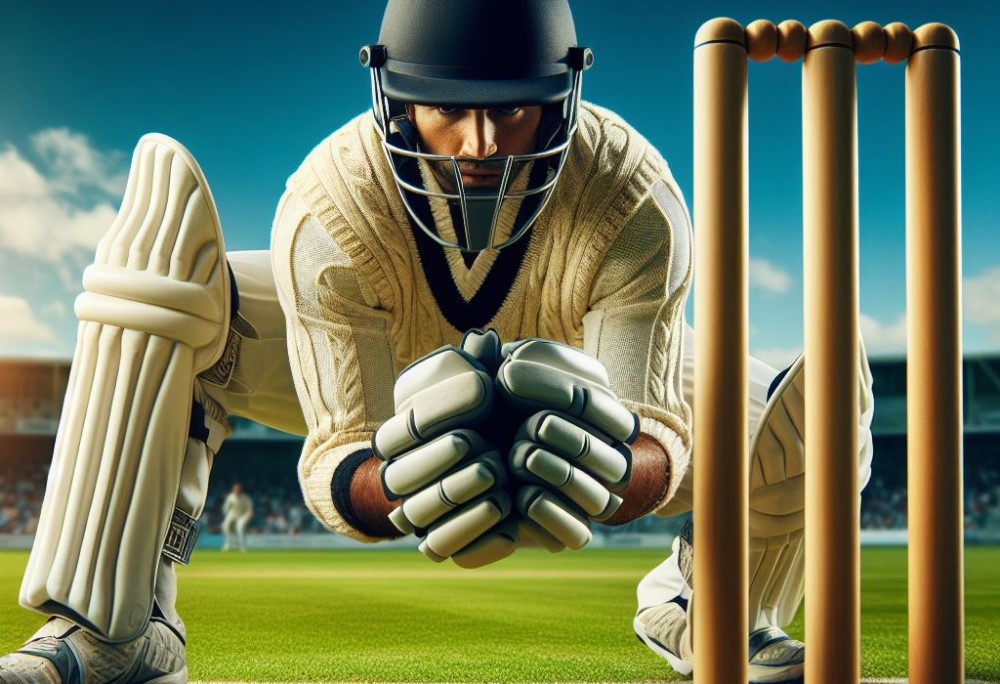
Achieving a five-wicket haul in an innings is one of the most significant accomplishments for a bowler, signifying a dominant performance that can often change the course of a match. The bowlers who have taken the most five-wicket hauls in international cricket are masters of their craft, consistently delivering match-winning performances for their teams. These records highlight the impact that a single bowler can have on a game, often leading their side to victory with their exceptional skill.
The record for the most five-wicket hauls in Test cricket is held by Muttiah Muralitharan of Sri Lanka, with an astounding 67 five-wicket hauls in 133 matches. Muralitharan’s ability to take wickets in clusters made him a match-winner for Sri Lanka, and his record is a testament to his longevity and skill. His ability to consistently take five-wicket hauls, often in challenging conditions, made him a formidable opponent and one of the greatest bowlers in cricket history.
In One Day Internationals, the record for the most five-wicket hauls is shared by Waqar Younis of Pakistan and Muttiah Muralitharan, each with 13 five-wicket hauls. Waqar Younis was known for his lethal reverse swing and toe-crushing yorkers, which made him one of the most dangerous fast bowlers in the limited-overs format. His ability to deliver devastating spells, often at the death, was crucial in many of Pakistan’s victories. Muralitharan’s success in ODIs, similar to his Test career, was marked by his ability to outfox batsmen with his spin and variations, making him a consistent threat in any match.
In T20 Internationals, Lasith Malinga of Sri Lanka holds the record for the most five-wicket hauls, with 5. Malinga, known for his unorthodox slinging action and pinpoint yorkers, was a T20 specialist who excelled in the shortest format of the game. His ability to bowl under pressure and deliver wickets at crucial moments made him one of the most feared bowlers in T20 cricket. Malinga’s record reflects his impact on the format, where taking wickets in quick succession is often the key to success.
Another noteworthy record is held by Richard Hadlee of New Zealand, who took 36 five-wicket hauls in Test cricket. Hadlee, a fast bowler known for his accuracy and swing, was instrumental in New Zealand’s rise as a competitive Test team during the 1980s. His ability to take five-wicket hauls consistently made him a key player for New Zealand, and his record remains one of the highest in Test cricket.
The record for the most five-wicket hauls in international cricket is a reflection of a bowler’s ability to dominate the opposition and change the course of a match. The bowlers who hold these records are among the greatest in the history of the game, having consistently delivered match-winning performances for their teams. These records serve as a benchmark for future bowlers, inspiring them to achieve similar levels of excellence and mastery.
Celebrating the Masters of Bowling: A Legacy of Excellence
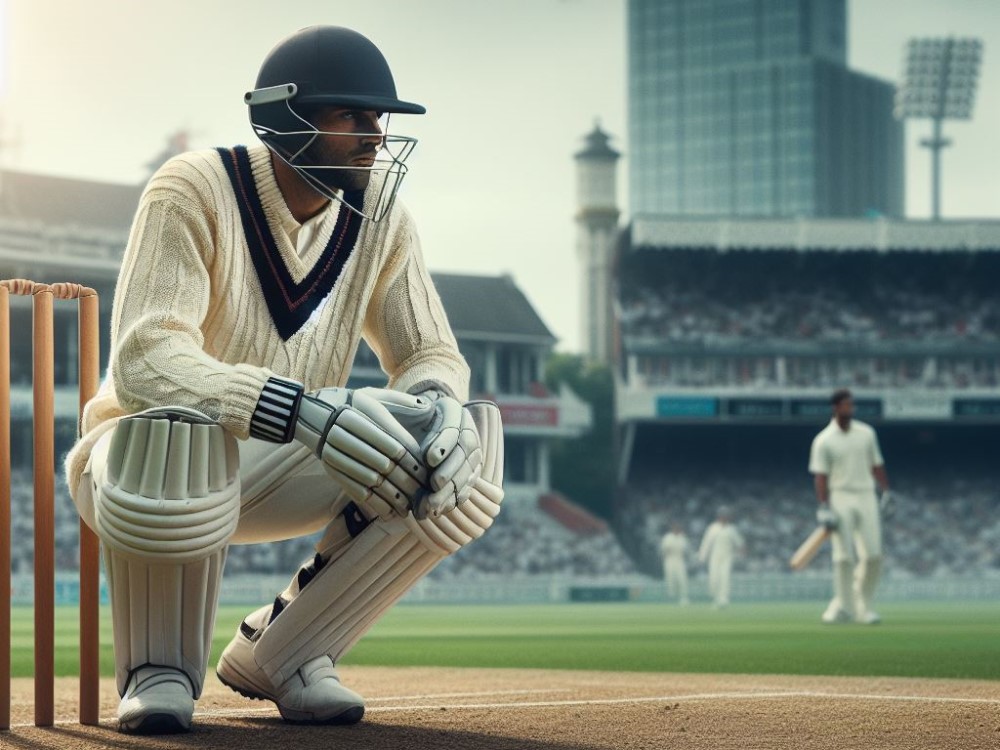
The top bowling records in international cricket are more than just numbers; they are a testament to the unparalleled skill, consistency, and determination of the game’s greatest bowlers. These records, whether it’s the highest number of wickets taken in Test matches or the best bowling figures in an innings, highlight the profound impact that exceptional bowlers have had on the sport. From Muttiah Muralitharan’s mastery of spin to Waqar Younis’ lethal pace and Anil Kumble’s strategic brilliance, each record tells a story of cricketing excellence that has left an indelible mark on the game.
These records serve as a reflection of the hard work, dedication, and relentless pursuit of perfection that these bowlers have exhibited throughout their careers. Achieving such milestones is no small feat; it requires years of practice, mental resilience, and a deep understanding of the game. The bowlers who have reached these heights have not only brought glory to their teams but have also become icons in the cricketing world, inspiring countless aspiring cricketers to dream big and strive for greatness.
The significance of these records extends beyond individual accolades. They represent pivotal moments in cricketing history—instances where a single performance could turn the tide of a match, secure a series win, or lead a nation to victory. These moments of brilliance are etched in the memories of cricket fans worldwide, becoming part of the sport’s rich tapestry and contributing to the legacy of the game’s greatest players.
As we celebrate these remarkable achievements, it’s important to recognize the broader impact they have on the sport. These records set the standard for future generations, serving as benchmarks for aspiring bowlers and a source of inspiration for players and fans alike. They remind us of the enduring legacy of cricket’s greatest bowlers, whose passion, talent, and determination have shaped the game we love.
In a sport that continues to evolve, these top bowling records will always hold a special place in cricket’s history. They are a tribute to the incredible talent that has graced the cricket field and a reminder of the moments of magic that make cricket such a beloved sport around the world. As we look to the future, these records will continue to inspire and challenge the next generation of cricketers, ensuring that the legacy of cricket’s greatest bowlers lives on.
